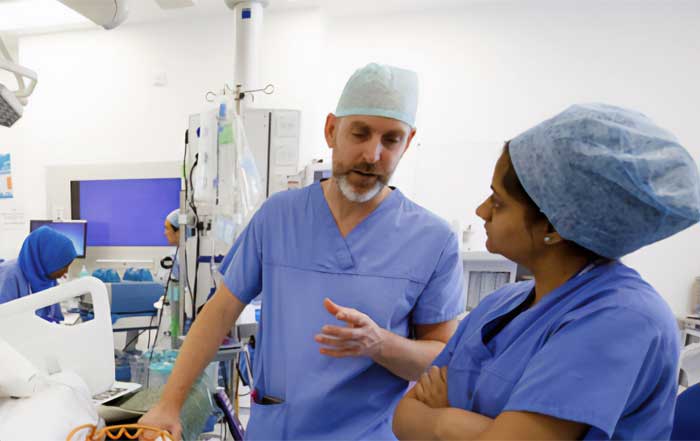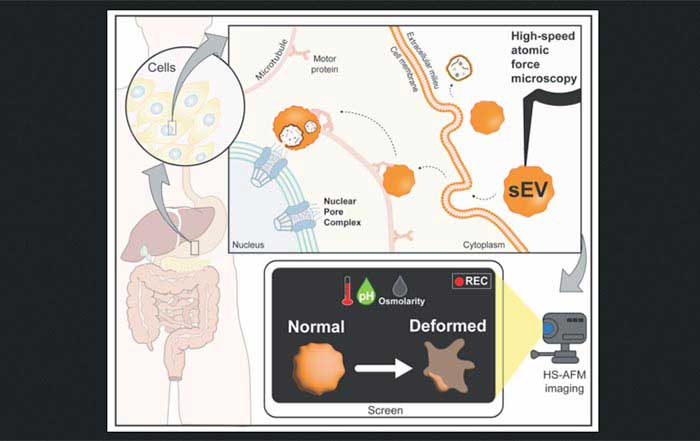The history of anaesthesiology is filled with amazing breakthroughs and incredible discoveries. Since its discovery in the early 1800s, anaesthesia has gone through numerous transformations and changes, slowly but surely becoming the life-saving medical practice, it is today.
The first scientists to develop anaesthesia were a group of dedicated and pioneering individuals who forever changed the course of medical history. Their use of anaesthetics has revolutionized the practice of medicine, allowing doctors and surgeons to carry out their work with less pain and more precision than ever before.
The story of the first scientists to develop anaesthesia begins in 1842, with the work of two Scottish scientists, Dr James Young Simpson and Dr John Snow. Simpson was the first to use ether as an anaesthetic, and it quickly became the standard anaesthetic used in surgery and childbirth. But he was soon joined by Snow, who developed a more effective anaesthetic solution: chloroform.
Before anaesthesia, medical procedures were often extremely painful and lengthy. With the introduction of ether and chloroform, however, doctors were able to perform complicated surgeries and other medical treatments with much less pain and with greater accuracy. It took some time for anaesthesia to be accepted in the medical community. Many doctors were initially sceptical of the use of anaesthesia and argued that it could be dangerous and even deadly. But as the success of Simpson’s and Snow’s methods became more widely known, doctors began to see the potential of anaesthesia, and they began to use it more and more.
Also, among the first scientists to develop anaesthesia were a trio of British physicians – Henry Hill Hickman, Robert Liston, and James Robinson – in the 1820s. All three were highly respected surgeons and pioneers in their fields. Hickman was among the first to develop anaesthesia in its modern form. He was a medical student at the time and had been experimenting with the use of nitrous oxide (laughing gas) to reduce pain during operations. In 1823, Hickman successfully managed to administer the gas to a patient undergoing an amputation, making it the first recorded use of anaesthesia in a medical setting.
Joseph Liston was the first to use ether as an anaesthetic, which he did in 1846 at the University College Hospital in London. He was also the first to perform a limb amputation in under 30 seconds, thanks to his use of ether. Robinson was the last of the trio and the first to discover chloroform as an anaesthetic in 1847. He believed that the gas was superior to ether and proved it by administering it to a patient during a major operation. The trio's work revolutionized the medical field and paved the way for future anesthesiologists. Their discoveries allowed medical practitioners to perform major operations with minimal pain and saved countless lives in the process.
Also ranking among the first scientists to develop anaesthesia were two British scientists, Sir Humphry Davy and James Simpson. They worked separately, but together, they revolutionized the practice of surgery, making it a much less painful experience. Sir Humphry Davy was a renowned chemist who was largely responsible for developing the first anaesthetic, nitrous oxide. This gas has been known to alleviate pain since the early 1800s when it was used in laughing gas parties. Davy went a step further, experimenting on himself with nitrous oxide and concluding that it was effective when inhaled in large amounts. He published his findings in a paper, "On the Inhalation of the Nitrous Oxide", which was the first scientific work on the subject.
James Simpson was a Scottish obstetrician and gynaecologist who was instrumental in the development of chloroform as an anaesthetic. He had received a chemical sample of chloroform from a manufacturer and, after experimenting with it, concluded that it was a safe and effective anaesthetic. He presented his discovery to the Edinburgh Obstetrical Society in 1847, where it was met with great enthusiasm. Together, Davy and Simpson had unlocked a new realm of possibilities in the medical field, allowing for painless surgery and treatments to become a reality. In the years that followed, anaesthetics have become even more advanced, and today, anaesthesia is a common and widely accepted practice in the medical field.
The scholars' achievements made painless surgery a reality, and for that, we owe them both a great debt of gratitude. They also paved the way for modern medicine. By the early 1900s, anaesthesia had become an accepted medical practice, and its use had spread throughout the world. Today, anaesthesia is an important part of medical care -it has saved countless lives. We owe gratitude to the first scientists to develop anaesthesia, who made it possible for us to enjoy a more comfortable and safer medical experience.




